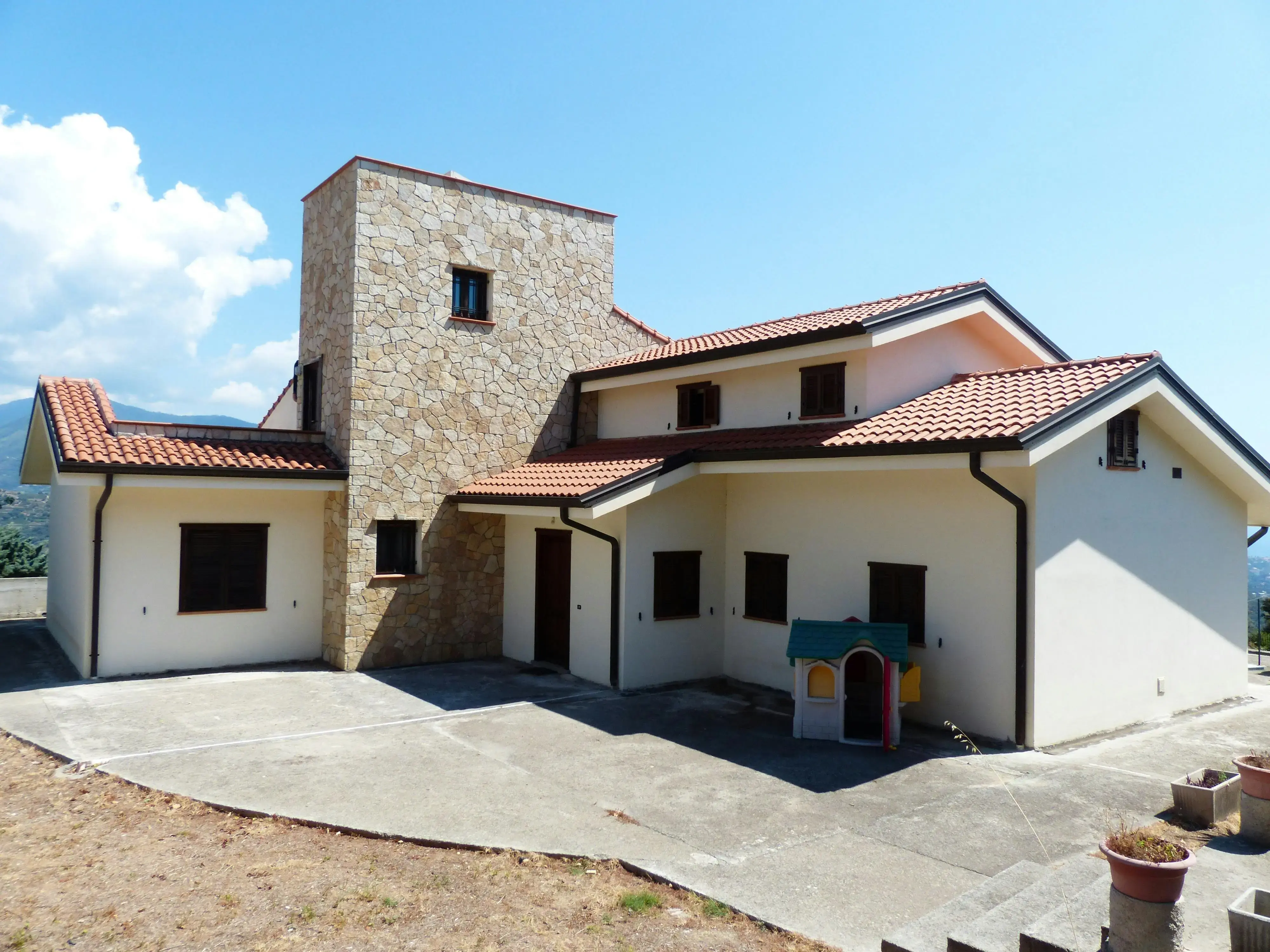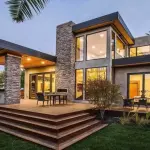Explore Our Exciting New Property Listings Now Available in Prime Locations!

Explore Different Styles of Architecture: A Journey Through Time and Design
Architecture is more than just the building; it is a reflection of society, culture, and the development of human creativity throughout history. Every style speaks something unique about the people, technologies, and beliefs of the time it comes from. From the giant columns of Ancient Greece to sleek minimalism in today's designs, touring various architectural styles parallels touring through history itself. Let's embark on a journey of learning about some of these most iconic architectural styles, their features, and their lasting impact that these have left in the world.
1. Classical Architecture: The Legacy of Ancient Greece and Rome
Classical architecture is one of the most influential architectural orders originating in Ancient Greece and later, Rome. The order primarily consists of columns, symmetry, and a relation to proportion. It is considered one of the biggest architectural legacies to have left an indelible mark on Western architecture.
Key Features:
- Columns-Doric, Ionic, and Corinthian Orders
- Symmetry and Harmony in Design
- Triangular Pediments and Detailed Friezes
- Use of Marble and Limestone
Where classical architecture is concerned, it's all about grandeur and order. Very good examples of how these principles were put to work in the creation of structures symbolizing power, culture, and religious belief include the Parthenon in Athens and the Pantheon in Rome. This deeply influenced Renaissance architecture as artists and architects looked back to revive the classical ideals of beauty.
2. Gothic Architecture: In Search of Height and Light
Coming from the simplicity of Classical design, medieval Gothic architecture pursued a sense of verticality and light. It emerged in 12th-century Europe and is primarily associated with cathedrals and churches.
Some key features include:
- Pointed arches and ribbed vaults
- Flying buttresses to support the structure
- Stained glass window design depicting biblical stories
- Heavenward-pointing spires
The Notre Dame Cathedral in Paris speaks to the perfection of Gothic architecture. In a philosophy of height and articulation, that is so characteristic of this style, lies a craving for connecting the earthly with the divine. The spiritual transcendence of medieval Christianity visually translates into high ceilings and large windows full of light.
3. Renaissance Architecture: Back to the Classical Ideals
The word "renaissance" means "rebirth," and this epoch indeed saw a rediscovery of arts and sciences, and architecture wasn't an exception. Renaissance architecture emerged in 15th-century Italy, fusing Classical elements with new, innovative ideas.
Key Features:
- Symmetry, proportion, and geometry
- Columns and pilasters (flattened columns attached to walls)
- Domes and rounded arches
- Ornamental details that mimic Greek and Roman designs
St. Peter's Basilica in Vatican City is the most famous building representing the Renaissance era. The use of domes and harmonious proportions demonstrates the Renaissance belief in humanism and the beauty of the natural world, plus a revival of classical architecture from Ancient Rome.
4. Baroque Architecture: Drama and Grandeur
Baroque architecture followed the marks of Renaissance with a style that evoked emotion and awe through dramatically decorated designs. It started in the late 16th century, and Baroque architecture was used primarily for churches and palaces, showing how strong the power of the church and monarchy was.
Distinctive Characteristics:
- Boldly curving outlines of façades or undulating walls
- Luxurious detailed ornamentation with much grandeur
- Special use of light and shadows to achieve marked dramatic effects
- Large-scale ceiling frescoes and paintings
The Palace of Versailles in France is a famous example of Baroque architecture, the sumptuousness and over-the-top grandeur intended to manifest the absolute power of King Louis XIV. It is often referred to as theatrical because of the play of light, shadow, and movement it gave rise to-to a spectacle.
5. Neoclassical Architecture: The Rational Response to Baroque Excess
Neoclassical architecture came in the 18th century and, in part at least, was a response to the excesses of both the Baroque and Rococo styles. The style drew upon Classicism in its simplicity and order and shared Enlightenment ideals of reason and democracy.
Some of the general characteristics and features shared are:
Simple, clean lines and geometric forms
Classical styles appropriating columns and pediments Symmetry and proportion Restraint in ornamentation Examples range from the White House in Washington, DC to the British Museum in London, so Neoclassicism came to be associated with building for government and institutions and thus symbolized order, authority, and permanence.
Architecture has always been the barometer of society, reflecting the cultural values, technological advancement, and aesthetic taste of an age. From the massive columns of Classical architecture to the eco-sensitive designs of the 21st century, each one leads one to stories of its own. As we learn about these architectural styles, we inch closer to understanding not only the history of human civilization but also how it constructs and gets constructed by its context.
Architecture has evolved from monumental to humble, adapting always less for oneself but serving the needs of the present time by glancing towards the future with inspiration from the past. Indeed, within the constructed environment that defines us, we can see the combination of art, engineering, and human aspiration through so many different architectural styles.
Related posts:
The real estate industry offers a wide array of lucrative careers, catering to a diverse set of skills, interests, and professional goals. Whether you're driven by sales, finance, legal expertise, or management, there are many paths to success. One of...
In the fast-paced world of real estate, the right platform can make all the difference for buyers, sellers, and renters alike. Whether you're looking for a dream home, a vacation villa, or an investment project, real estate websites have revolutionized...




 The Highest Paid Jobs in Real Estate
The Highest Paid Jobs in Real Estate
 The 7 Best Real Estate Websites of 2024
The 7 Best Real Estate Websites of 2024
 List of Common Building Materials Used in Construction
List of Common Building Materials Used in Construction
 How to Design a House Interior: A Step-by-Step Guide
How to Design a House Interior: A Step-by-Step Guide
 Explore Different Styles of Architecture: A Journey Through Time and Design
Explore Different Styles of Architecture: A Journey Through Time and Design